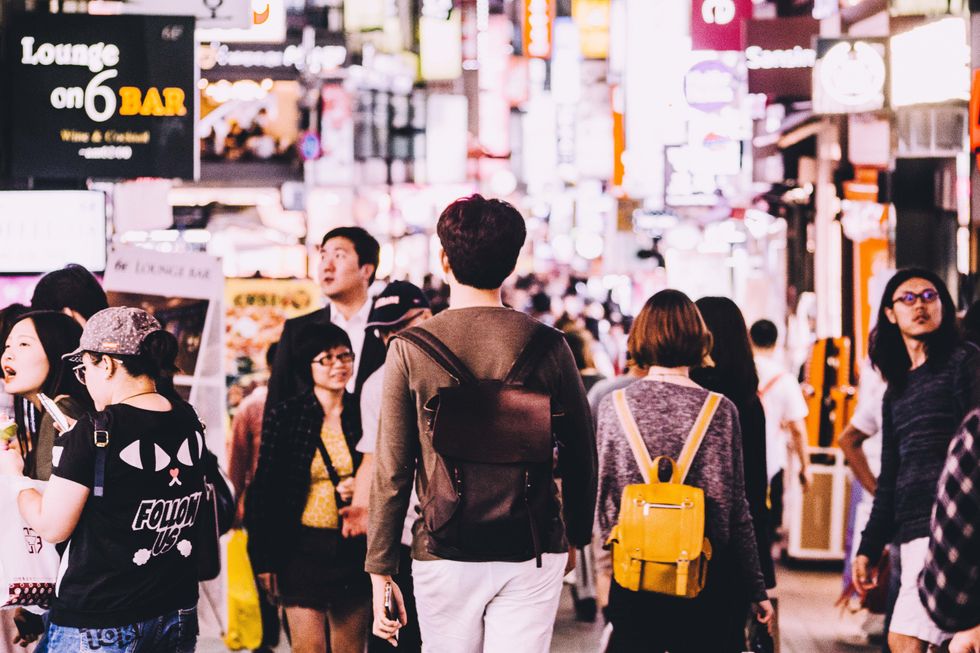Last week, I was invited to talk to my school’s Center for Gender Equity on how the Korean entertainment industry shapes cultural beauty standards, especially with South Korea leading the world in cosmetic surgery. As I prepared for the panel, I was able to learn more about and make connections with several cultural aspects that I never would have thought about. For example, the now-global phenomenon of KPOP and Korean dramas has deep roots in Asian beauty culture. The entertainment industry proves to be a continuous message to consumers: beauty has a specific image.
At the beginning of the 21st century, particularly after the 1997 Asian Financial Crisis, South Korea began to utilize pop culture and tourism as a major export. In the age of seemingly endless opportunities, the South Korean government saw potential economic, social, and even political advantages that KPOP could bring to their global image. In 2018, with groups like BTS winning a Billboard Award and performing at the American Music Awards, South Korea has definitely succeeded in establishing a name for itself. And while the effects of this Korean cultural wave shine a positive light on Korean society, it also highlights the seemingly conservative and narrow cultural aspects that contradict with those of the Western world. Of these contradictions, beauty standards prove to be a hot debate on both the international and domestic fronts.
From a Western perspective, with several activist movements against conservative beauty standards, the diets of KPOP idols and even regular Korean citizens prove to be a significant culture shock. Before they can even make their television debut, KPOP singers go through intense diets to ensure a thin image that their consumers would be more appealed to. Girl groups are notorious for having several different diet regimens, including the sweet potato diet, paper cup diet, one-meal-a-day diet, and the 300-calories diet. These diets, while sounding harmful and dangerous, seem to successfully carve out the thin image of KPOP singers that their consumers supposedly want.
Therefore, it’s not really a surprise that, especially for Korean women seeking social and professional success, the pursuit of beauty is often an expectation. With over 980,000 recorded plastic surgery operations a year, skincare and makeup stores lining streets, and a photo requirement on their professional resumes, South Korea seems to hold beauty as a mandatory aspect for success.
The norm is beginning to change, however. Globalization works in both ways – while Western countries are being introduced to Korean culture, South Korea is equally intrigued by Western culture. More and more KPOP idols are beginning to embrace chubbier cheeks and healthier images. Korean celebrities and citizens alike are slowly, but surely, rejecting the portrayed static image of beauty.
As a Korean-American, I realized that I have grown up with a mixed outlook. With a family rooted in Korean culture and a social and formal education in America, I, like most other Asian-Americans, hold a unique perspective that stems from both cultural upbringings. The point of this article, therefore, is not to necessarily say that Korean beauty standards are barbaric and unnatural, but rather to understand the deeper cultural and societal roots of the Korean obsession with looking good. Cosmetic surgery and extreme weight loss diets continue to be considered social norm in South Korea, but with the cultural exchange of Western and Korean ideals, there is a push in the younger generations to move away from the idea that beauty has a single image.


















